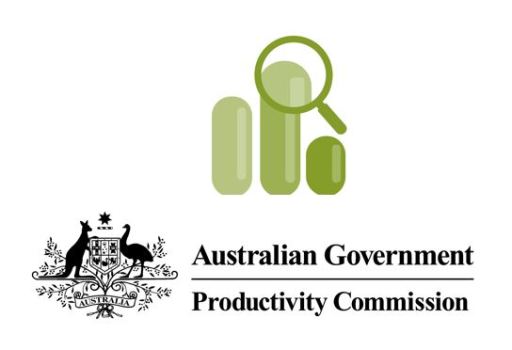The Productivity Commission’s Report on Government Services (RoGS) has a detailed section on governments’ delivery of services in the housing sector. It covers social housing services and subsidised rental housing provided by not-for-profit, non‑government or government organisations to assist people who are unable to access suitable accommodation through the private market.
The report also examines specialist homelessness services – direct assistance for the homeless and those at risk, including accommodation and other services. There is also coverage of private rental and home purchase assistance as targeted payments to assist access to private housing and reduce demand on social housing and homelessness services.
The RoGS Housing and Homelessness section is available here.
Total federal, state and territory government recurrent expenditure in the sector was $4.7 billion in 2016-17, around 2.1 percent of total government expenditure on services covered in the report. Social housing services accounted for $3.9 billion and homelessness services for $0.8 billion. Federal Government expenditure on the Commonwealth Rent Assistance (CRA) program – the largest government private rental assistance program — was $4.4 billion.
As at 30 June 2017 there were 395,691 households in social housing across Australia. The number of public housing households has decreased over the last decade, but there has been an increase in the number of households in community housing. This in part reflects transfer of some public housing stock to the community housing sector
“Community housing organisations are working in partnership with the Australian, state and territory governments, and the private sector, to increase the supply of affordable housing — many new social housing dwellings are or will be owned or managed by community housing organisations.”
The report says that while state and territory governments have broadly similar objectives for providing social housing, the emphasis each places on an individual objective differs depending on historical precedents and processes for interaction with community sector providers.
Private housing markets and policies – and eligibility criteria – vary across jurisdictions. So do waiting times. The report examines overcrowding, location, dwelling condition, maintenance costs and the level of ‘customer satisfaction’. The least satisfied public housing tenants are in NSW, which also has the lowest proportion of dwellings that meet minimum acceptable standards.
Homelessness services covered in the report include supported accommodation, counselling, advocacy, health, education and employment services, outreach support, meals services, and financial and employment assistance.
Levels of assistance vary significantly by jurisdiction. Depending on the criteria, Western Australia and Queensland are the best states to be homeless in, and NSW and Victoria have the highest level of unmet demand. But the report says that many comparisons between jurisdictions are difficult because of varying treatments of expenditure items (for example, superannuation) and different counting and reporting rules for generating financial data.
Across Australia, most homeless are on some sort of government pension or allowance, although this figure is lowest in NSW. The important measure of ‘achievement of sustained housing’ is much the same in all states and territories, after significant improvements in recent years in the Northern Territory. Nationally, about 60 percent of homeless are eventually placed in housing.
Comment below to have your say on this story.
If you have a news story or tip-off, get in touch at editorial@governmentnews.com.au.
Sign up to the Government News newsletter

